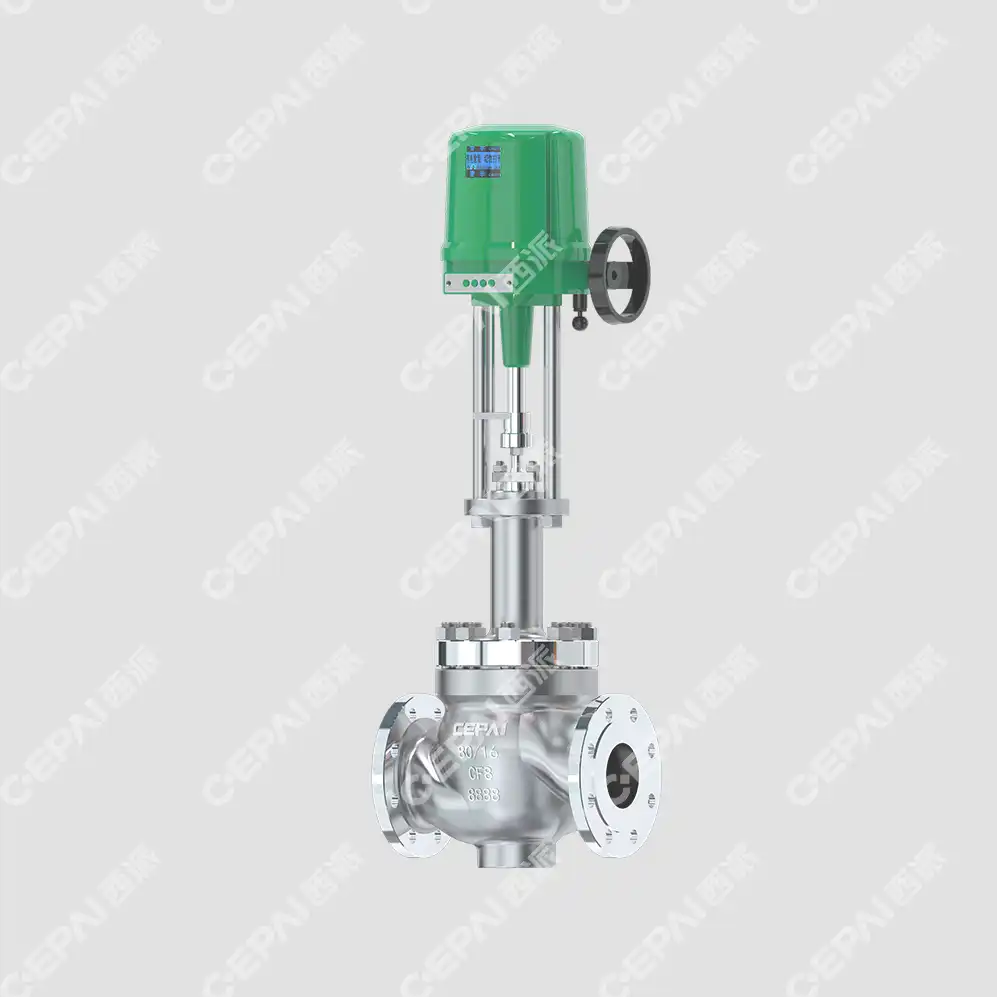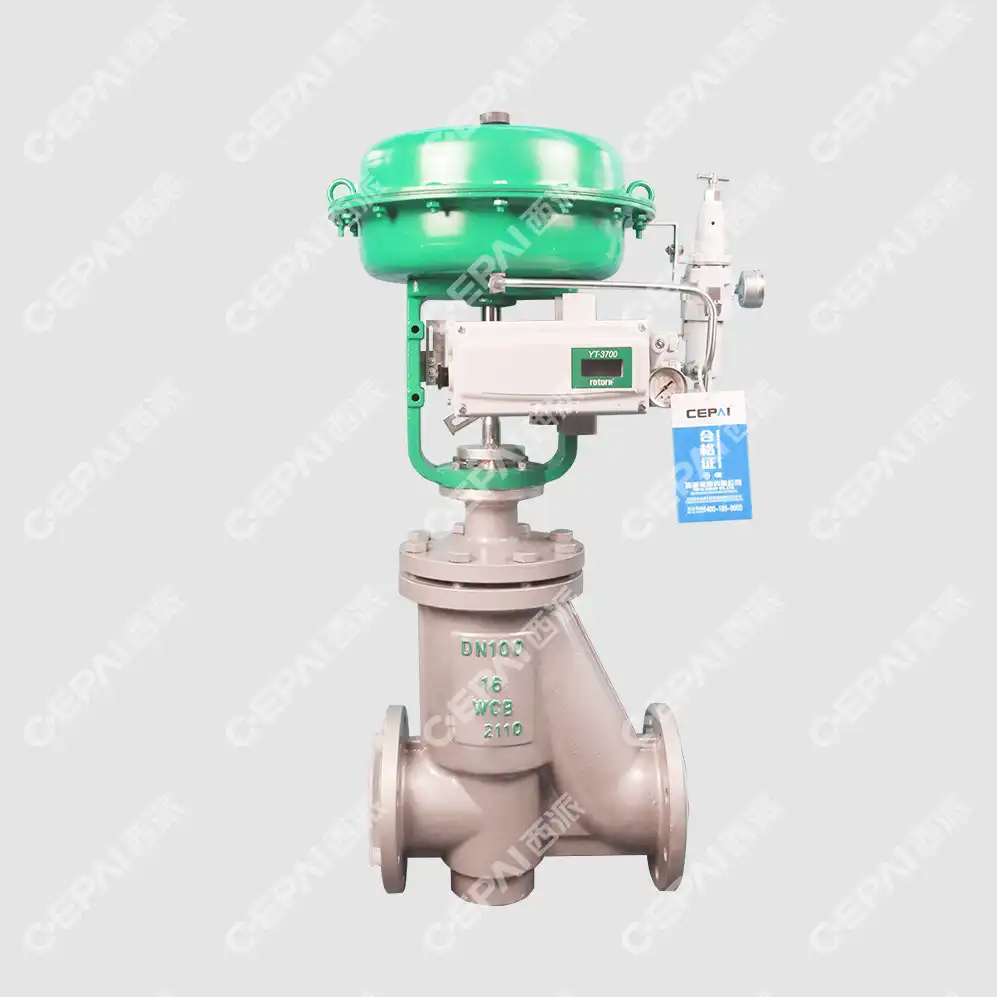Understanding Control Valve Basics: Components and Functionality
Anatomy of a Control Valve
Control valves consist of several key components working in harmony to regulate fluid flow. The valve body houses the internal parts and connects to the pipeline. The trim, comprising the plug and seat, is responsible for the actual flow control. The actuator, mounted atop the valve, provides the motive force to position the plug. The positioner ensures accurate valve positioning based on the control signal. Understanding these components is essential for proper valve selection and maintenance.
Types of Control Valves
Various control valve designs cater to different process requirements. Globe valves offer excellent control characteristics and are widely used in general applications. Butterfly valves provide quick operation and are suitable for large diameter pipes. Ball valves excel in tight shutoff scenarios. Diaphragm valves are ideal for handling corrosive or sanitary fluids. Each type has its strengths, and selecting the right valve depends on factors such as flow characteristics, pressure drop, and media properties.
Control Valve Sizing and Selection
Proper sizing is crucial for optimal valve performance. Undersized valves may not provide adequate flow control, while oversized valves can lead to poor control and unnecessary costs. Factors to consider include flow rate, pressure differential, fluid properties, and required control range. Valve sizing involves calculating the flow coefficient (Cv) and evaluating the valve's rangeability. Advanced sizing software and expert consultation can help ensure the right valve is selected for each application, maximizing efficiency and longevity.
Advanced Applications and Industry-Specific Solutions
Oil and Gas Industry Applications
In the oil and gas sector, control valves play a vital role in various processes. Wellhead control valves regulate production flow rates and protect surface equipment. Choke valves manage pressure during drilling and production operations. Emergency shutdown valves provide crucial safety functions in critical situations. High-pressure, high-temperature (HPHT) applications demand specialized valve designs to withstand extreme conditions. The industry's evolving needs drive continuous innovation in valve technology, focusing on reliability, efficiency, and environmental sustainability.

Chemical and Petrochemical Process Control
Chemical and petrochemical plants rely heavily on precise flow control for product quality and safety. Corrosion-resistant materials and specialized sealing technologies are essential for handling aggressive chemicals. Control valves in these industries often incorporate advanced diagnostics and predictive maintenance features to minimize downtime and ensure process integrity. Specialized designs, such as angle-style bodies or multi-stage trims, address specific challenges like flashing or cavitation in demanding applications.
Power Generation and HVAC Systems
Control valves are integral to power generation facilities and HVAC systems. In power plants, they regulate steam flow, feedwater systems, and turbine bypass operations. HVAC applications require precise temperature and humidity control, often utilizing modulating valves for optimal comfort and energy efficiency. The growing focus on renewable energy sources has led to new valve designs for solar thermal plants and geothermal systems, emphasizing durability and performance under varying conditions.
Emerging Technologies and Future Trends in Control Valve Design
Smart Valve Technology and IIoT Integration
The Industrial Internet of Things (IIoT) is revolutionizing control valve technology. Smart valves equipped with advanced sensors and communication capabilities provide real-time performance data and diagnostics. This enables predictive maintenance strategies, reducing downtime and optimizing plant efficiency. Integration with plant-wide control systems allows for more sophisticated process optimization and adaptive control algorithms. As connectivity and data analytics improve, smart valves will play an increasingly central role in Industry 4.0 initiatives.
Advanced Materials and Manufacturing Techniques
Innovative materials are expanding the capabilities of control valves. High-performance polymers offer excellent chemical resistance and reduced weight. Ceramic components provide superior wear resistance in abrasive applications. Additive manufacturing techniques, such as 3D printing, allow for complex geometries and customized designs that were previously impractical. These advancements result in valves with improved performance, longer service life, and the ability to handle more challenging process conditions.
Sustainability and Energy Efficiency in Valve Design
Environmental concerns are driving developments in eco-friendly valve designs. Low-emissions packing and sealing systems reduce fugitive emissions, meeting stringent environmental regulations. Energy-efficient actuators and optimized flow paths minimize power consumption and pressure drop. Valve manufacturers are also focusing on sustainable production methods and recyclable materials. As industries strive to reduce their carbon footprint, control valves play a crucial role in improving overall process efficiency and resource utilization.
Conclusion
Control valves are indispensable components in modern industrial processes, offering precise regulation of flow, pressure, and temperature. From basic components to advanced applications, these devices continue to evolve, incorporating smart technologies, innovative materials, and sustainable designs. As industries face new challenges and opportunities, control valves will remain at the forefront of process control, ensuring efficiency, safety, and reliability across diverse applications. By staying informed about the latest developments in control valve technology, engineers and plant operators can make informed decisions to optimize their processes and stay competitive in an ever-changing industrial landscape.
Contact Us
Elevate your process control with CEPAI Group's cutting-edge control valve solutions. Experience unparalleled performance, reliability, and efficiency in your operations. Contact us today at cepai@cepai.com to discover how our expertise can transform your industrial processes.


_1746598531170.webp)



